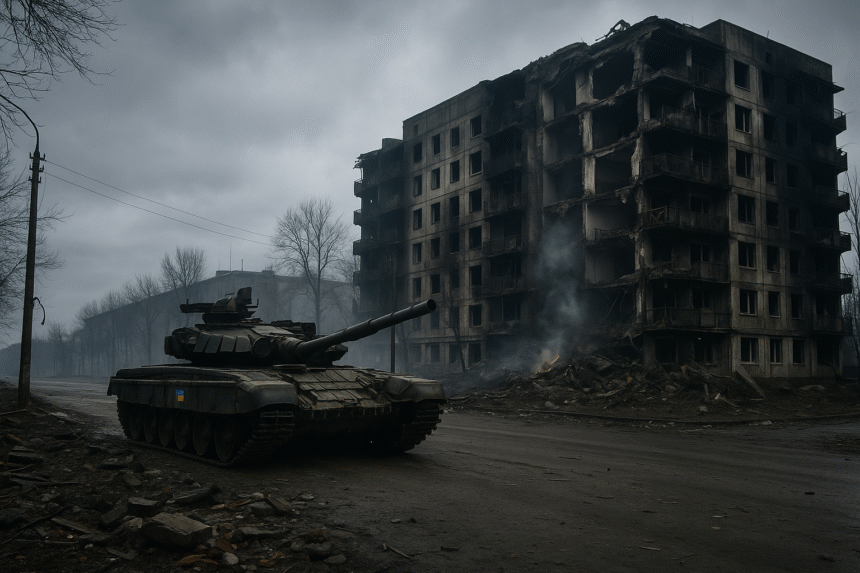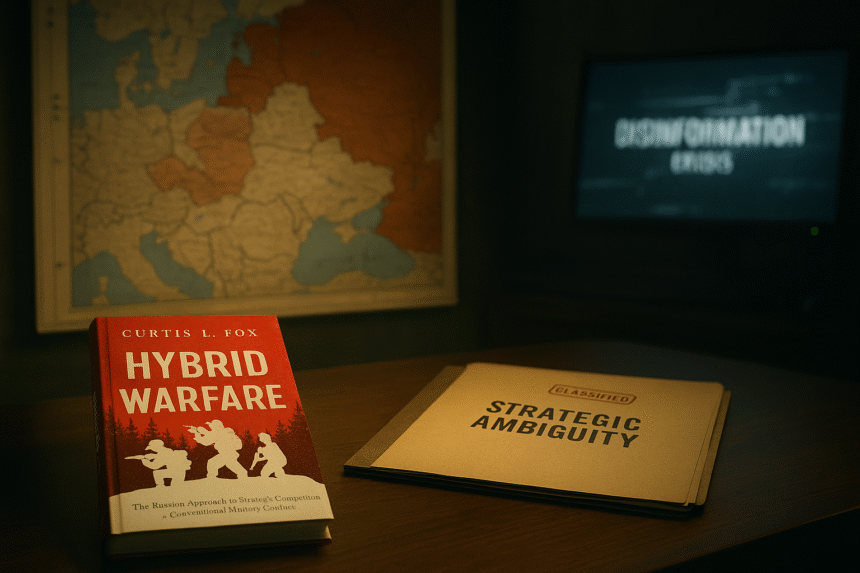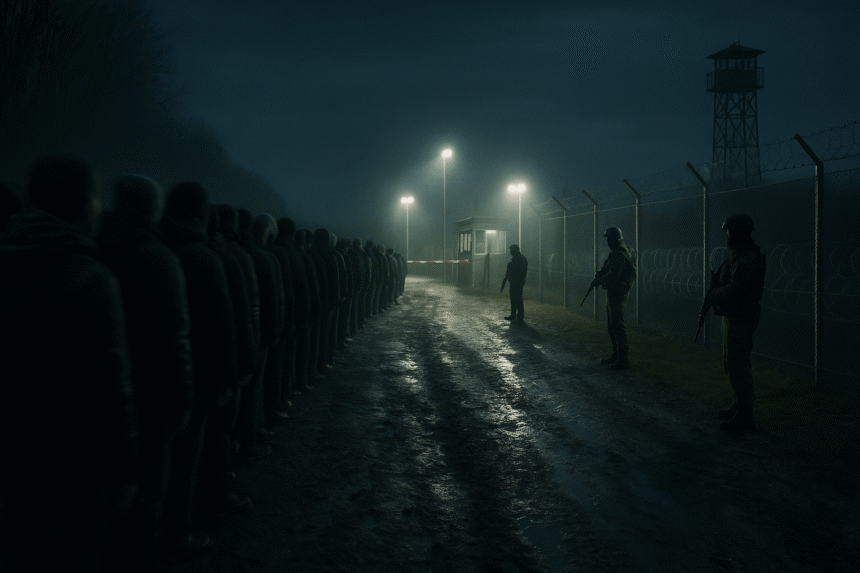Displacement by Design
Doctrine is not what a state says—it’s what a state repeats with impunity.
Displacement is no longer incidental. It is engineered. Russia’s Migration Doctrine has transformed forced movement from a humanitarian consequence into a deliberate instrument of hybrid warfare. This essay exposes how Russia operationalises migration flows through formal doctrine, not drift—applying displacement strategically, repeatedly, and with legal impunity.
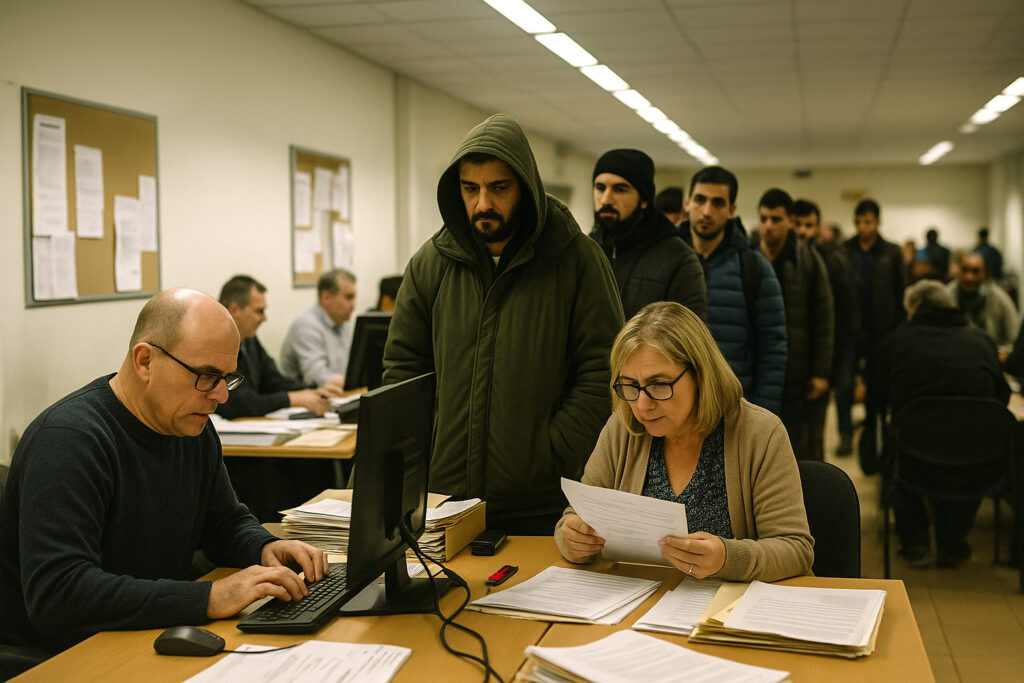
1. From Humanitarian Byproduct to Hybrid System
For decades, migration was interpreted as the tragic side-effect of war. Refugee flows were understood as crises to be managed, not actions to be attributed. However, Russia has inverted this framework. Under Russia’s Migration Doctrine, displacement now functions as a premeditated mechanism of pressure.
Hybrid warfare thrives on indirect disruption. Migratory pressure allows Russia to destabilise adversaries without territorial incursion. Instead of advancing soldiers, it reroutes civilians. Instead of breaching defences, it saturates systems. Russia’s Migration Doctrine therefore reflects not improvisation, but systematic application of population movement as coercive infrastructure.
RAND’s research describes this model as “cost-efficient coercion,” whereby pressure is applied through transit rather than force [6]. When refugees arrive, institutions are overwhelmed. Bureaucracy stalls. Politics fracture. Legal obligations—especially non-refoulement and humanitarian protections—become liabilities to the defender.
“Displacement becomes a vector not because people move, but because systems freeze when they do.”
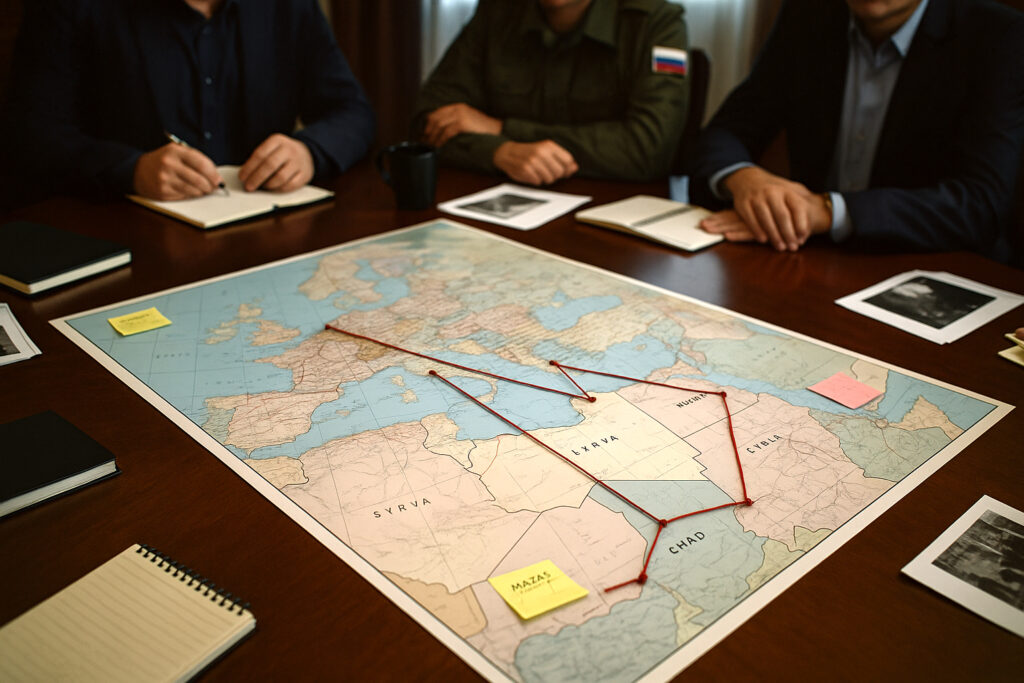
2. The Strategic Logic of Engineered Displacement
Kelly Greenhill’s landmark work Weapons of Mass Migration [1] documented how states weaponise population flows to extract concessions, punish adversaries, or realign regions. Her typology includes:
- Coercive displacement: engineered to force decisions
- Dispossessive displacement: clearing populations for territorial control
- Exportive displacement: offloading instability to neighbouring states
- Militarised displacement: embedding operatives within migration flows
Russia’s Migration Doctrine draws directly from this strategic vocabulary. In Syria, Russian airstrikes precipitated massive refugee surges toward Europe, amplifying division in the EU and triggering long-term asylum gridlock. In Donbas, forced evacuations served not only military purposes but also demographically engineered conquest [1][4].
What elevates these actions to doctrinal status is their repeatability. Russia no longer waits for conflict to produce displacement. It creates displacement as a tool of influence.
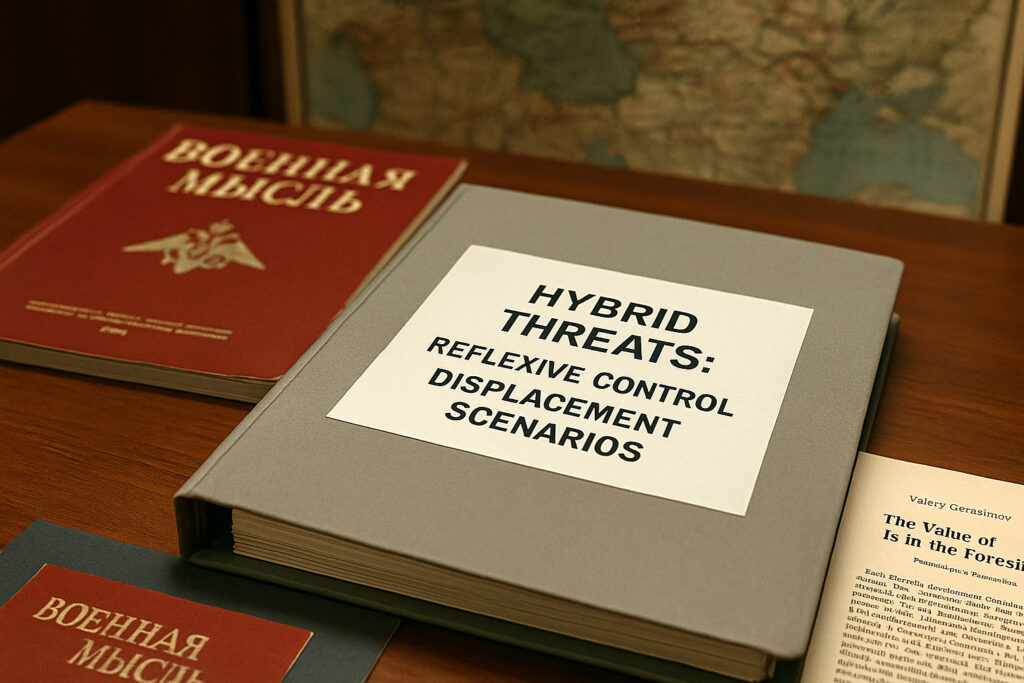
3. The Doctrinal Layer — From Gerasimov to Greenhill
The ideological foundations of Russia’s Migration Doctrine can be traced to three mutually reinforcing frameworks:
3.1. Reflexive Control
Developed in the Soviet era, reflexive control involves shaping the adversary’s perception so effectively that they take actions favourable to the attacker, without coercion [9]. Migration fits perfectly. By activating the defender’s legal and moral reflexes, Russia induces predictable patterns of crisis response. This preserves deniability while achieving policy disruption.
3.2. Gerasimov Framework
Often mislabelled as a “doctrine,” General Valery Gerasimov’s 2013 article [8] outlined an integrated model of warfare in which non-military tools—legal confusion, economic pressure, and media saturation—could outweigh kinetic operations in strategic importance. Russia’s Migration Doctrine reflects this thesis: displacement becomes pre-combat theatre for soft destabilisation [8].
3.3. Unrestricted Warfare
Liang and Xiangsui’s Unrestricted Warfare (1999) [5] argued that future conflict would span financial, informational, and demographic domains. Russia’s uptake of this philosophy is visible in how it uses migration not as a reaction, but as a capability. Civilians in motion become unacknowledged actors in a broader campaign.
“A strategy is doctrinal when it no longer waits for opportunity—but creates it through repetition.”
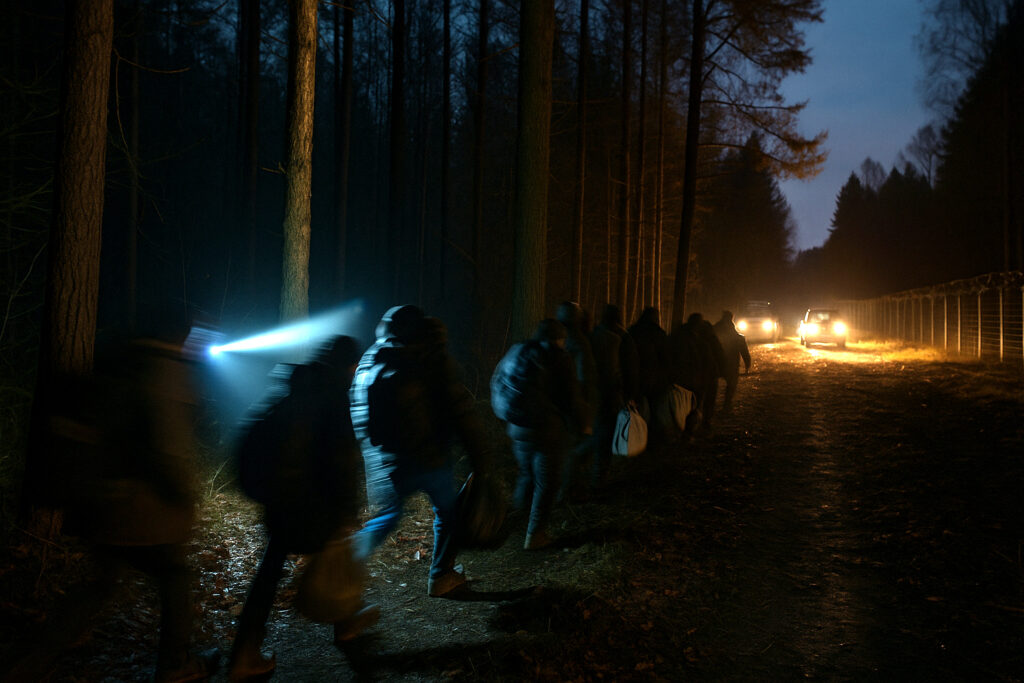
4. Migratory Flows as Operational Tools
Russia’s Migration Doctrine is not abstract. It expresses itself through concrete, repeatable tactics:
4.1. Destabilisation of Source Zones
Russian interventions in Syria and Libya consistently generate displacement. These zones are not merely theatres of war—they are factories of migratory pressure. Each collapse compounds pressure on Europe’s borders [4].
4.2. Corridor Activation via Proxies
Belarus (2021) remains the most explicit demonstration of applied doctrine. Civilian air corridors were activated to import migrants into Minsk, where they were directed to EU borders under logistical escort. These flows functioned as tactical vectors, forcing Poland and Lithuania into legal paradoxes [3].
4.3. Temporal Targeting
Migrant surges are often timed to democratic vulnerability. French elections. German coalition talks. EU budget cycles. Displacement under Russia’s Migration Doctrine becomes a synchronised tool of interference, not an unplanned variable [3][6].
“The migrant becomes the message, the timing becomes the weapon, and the system becomes the target.”
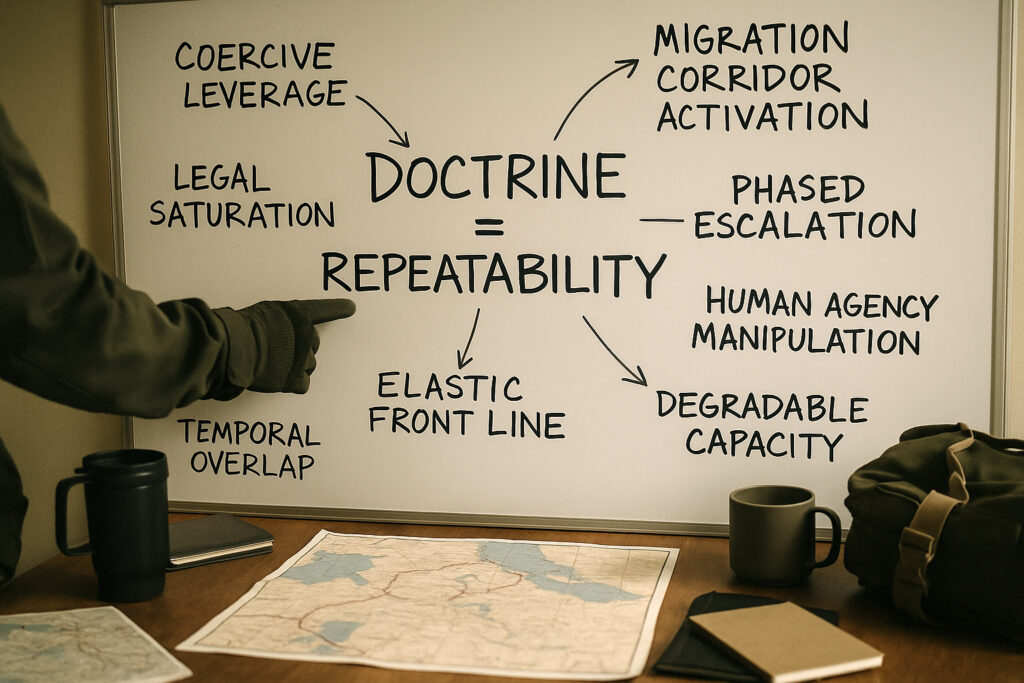
5. From Chaos to Codex
Russia’s Migration Doctrine formalises displacement into a warfighting tool. It combines Soviet reflexive control, Chinese unrestricted warfare theory, and contemporary asymmetric logic into a repeatable method. Migrants are not just collateral—they are routed instruments of strategic impact.
To misread migration as drift is to remain disarmed. Understanding this doctrine is not an act of cruelty. It is a prerequisite to resilience.
If You See It, Share It
If this briefing exposed a structured doctrine beneath apparent chaos, help us bring it forward:
Share the article
Support Frontline Europa’s field work, doctrinal archive, and exposure operations
Fund direct reporting from frontline and hybrid zones
References
- Greenhill, Kelly M. Weapons of Mass Migration: Forced Displacement, Coercion, and Foreign Policy. Cornell University Press, 2010.
- Marsh, Christopher. Putin’s Playbook: Russia’s Coercive Strategy in the Grey Zone. U.S. Army War College Press, 2023.
- Aliyev, Huseyn. Weaponisation of Migration: Russia’s Coercive Border Strategy. University of Glasgow, 2023.
- Liang, Qiao & Xiangsui, Wang. Unrestricted Warfare: China’s Master Plan to Destroy America. PLA Literature and Arts Publishing House, 1999.
- Monaghan, Sean. Countering Hybrid Warfare: NATO’s Strategic Challenge. NATO Defence College, 2019.
- Gerasimov, Valery. “The Value of Science is in the Foresight: New Challenges Demand Rethinking the Forms and Methods of Carrying out Combat Operations.” Military-Industrial Courier, 27 February 2013.
- Jonsson, Oscar. The Russian Understanding of War: Blurring the Lines Between War and Peace. Georgetown University Press, 2019.




